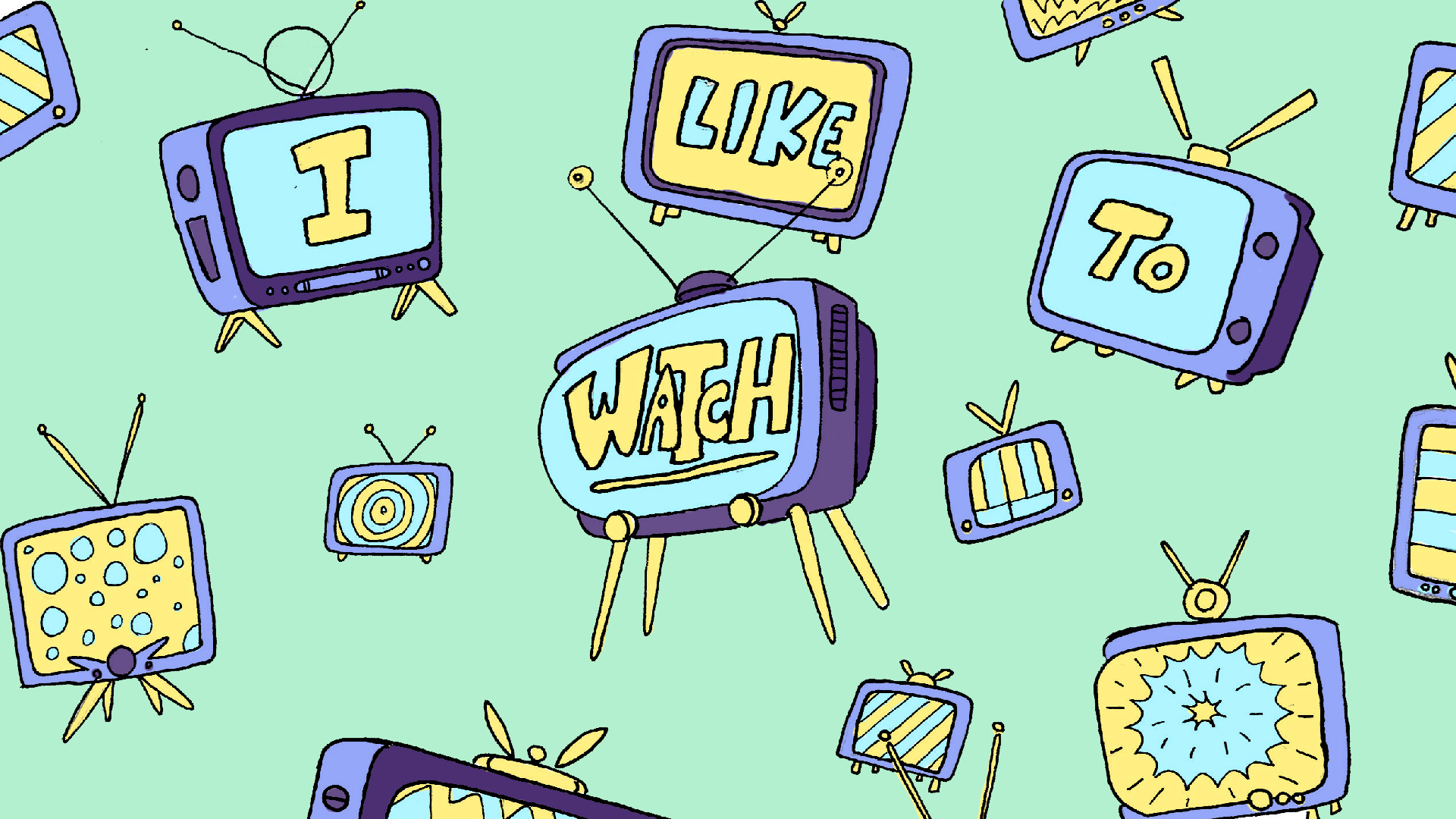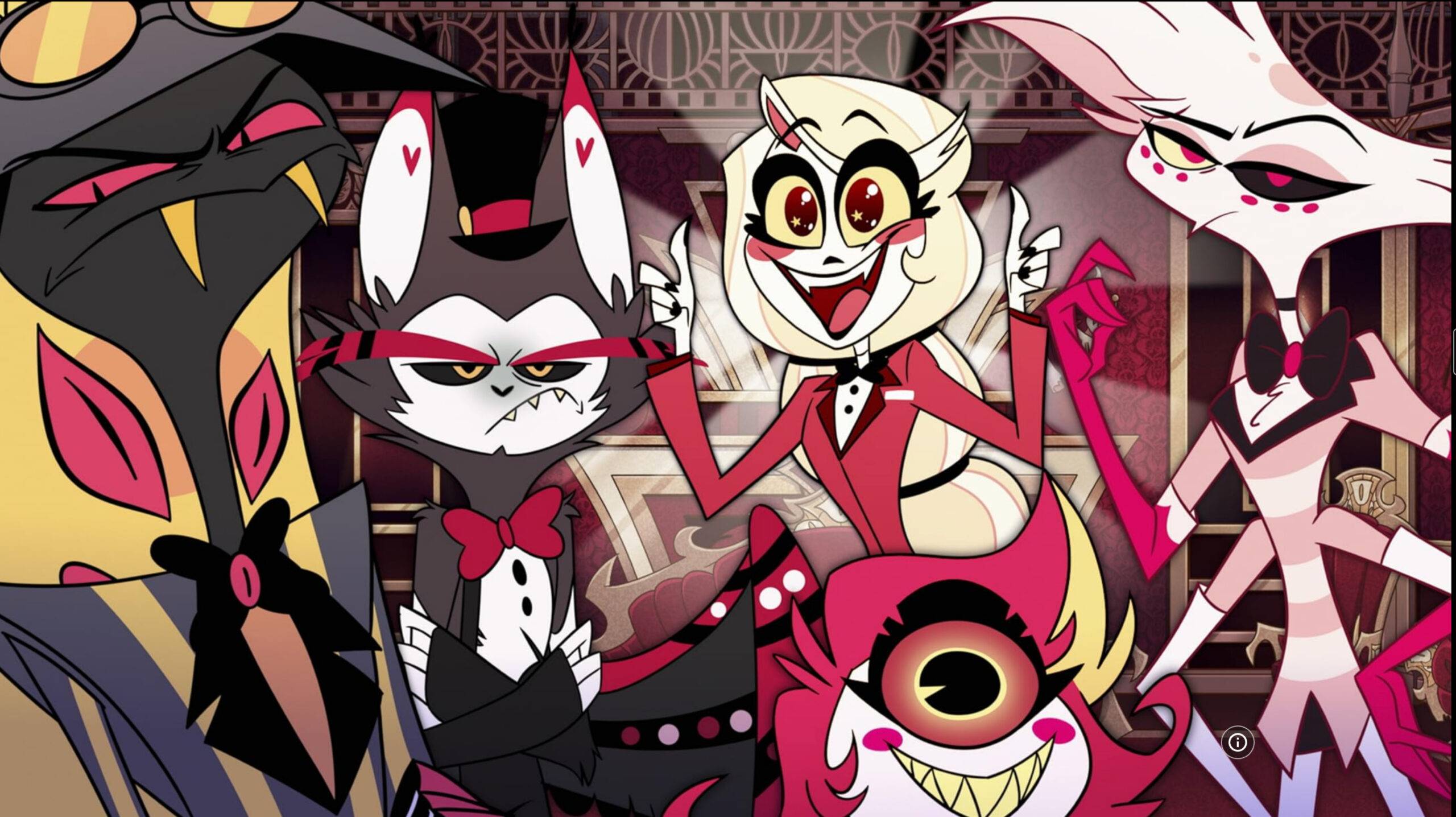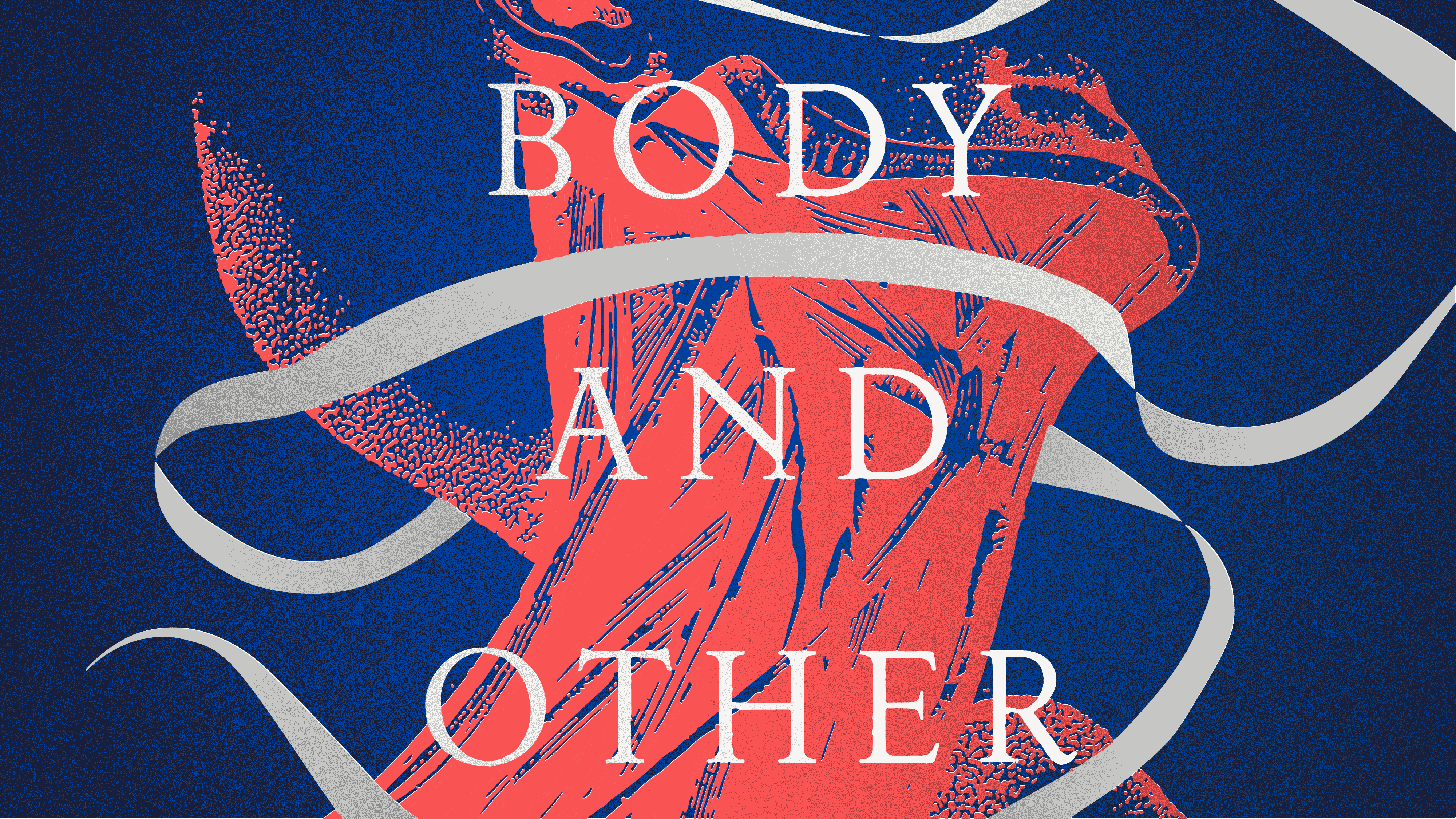At first glance, Emily Nussbaum’s “I Like To Watch: Arguing My Way Through the TV Revolution” feels familiar. It’s a standard collection of essays, compiling some of Nussbaum’s best television criticism — from her earlier work at New York Magazine to her ongoing work as the television critic at The New Yorker. It has something for everyone: musings on presumed TV royalty a la “The Sopranos,” sitcom trailblazers like “Black-ish,” even pieces on “Sex and the City” and “Vanderpump Rules.” Nussbaum’s critical voice is all candor, flitting from playful to biting, self-deprecating to bluntly self-critical as she takes us through her world of the small screen. It’s lighthearted fun. At first.
Woven through the collection is a thesis on television, one that both celebrates the medium and rips it apart. The question at the heart of it is this: What types of television are taken seriously, and why? The answer she arrives at is, perhaps unsurprisingly, one revolving around gender. Television considered high-brow or transcendent was gritty, violent, masculine. In contrast, reductive, “guilty pleasure” television embraced the romantic comedy — it was feminine, frivolous, and less important.
A show like “The Sopranos,” Nussbaum offers, was cool. Something like “Buffy the Vampire Slayer,” which aired around the same time, was not. “The Sopranos” was challenging in the way classic literature is challenging, coded for “worthy;” the kind of entertainment that often proved difficult to consume, which was what made it deserving of respect. “Buffy the Vampire Slayer,” with its focus on a teenage girl fighting demons, was fun, and therefore fluff.
“‘Buffy’ was disco; ‘The Sopranos’ was rock,” she explains. And while this argument may at first feel like one regarding high-brow or low-brow art, Nussbaum finds within it a deeper question of values masquerading as one of aesthetics. “Centrally,” she writes, “these were arguments about whose stories carried weight, about what kind of creativity counted as ambitious, about who (which characters, which creators, and also, which audience members) deserved attention.”
It is from this nexus that Nussbaum’s criticism truly takes shape. She pairs her vehement love for (and sometimes defensiveness of) television with a dogged reconsideration of our presumed standards of the medium, repeatedly refusing to take perceived worth or lack thereof at face value. In a deliciously caustic review of “True Detective,” Nussbaum pokes hole after hole into what she describes as the show’s “dorm-room deep talk” and tired sexism. Alternatively, under the section titled “Difficult Women,” Nussbaum reclaims one of the most dunked-upon pieces of “feminine,” “guilty pleasure” television, “Sex and the City,” making the intriguing claim that Carrie Bradshaw was the first female antiheroine.
The argument Nussbaum develops around Carrie Bradshaw and “Sex and the City” echoes through her other essays about female-driven television, such as “Jane the Virgin” and “The Unbreakable Kimmy Schmidt.” Namely, that these women and the shows that encompass them do interesting, worthy work that is often relegated to the pink-tinged sidelines. “Sex and the City,” Nussbaum argues, explodes and rebuilds the romantic comedy genre, offering something delightfully more complicated, and less cut-and-dry (at least, until the finale). But because this genre is considered frivolous, it’s treated with less esteem than its HBO sibling, “The Sopranos,” which did the same thing to the mob drama.
In “I Like To Watch,” Nussbaum is unafraid of showing readers exactly how the television sausage is made with a delicately ambivalent eye. In the three profiles she provides in this collection — of “Black-ish” creator Kenya Barris, “Orange Is The New Black” creator Jenji Kohan, and multi-show creator Ryan Murphy — Nussbaum presents the biggest names in the industry in all manners of light, flattering and unflattering. But always she writes from a respect for the work, and for the power that the medium of television wields. These profiles are where Nussbaum’s devotion to the genre shines through.
In what feels like the crown jewel of the collection, “Confessions of a Human Shield,” Nussbaum addresses the difficult question, “How do you consume entertainment from horrible men?” She doesn’t have a definite answer to that question, but instead offers an unflinching critique of her own difficulties in processing that problem with her childhood idols, specifically Woody Allen. She excavates the less flattering elements of that conundrum in her professional life, such as when she was slotted to interview Louis C.K. as rumors about him began to circulate. In less deft hands, this piece could feel overwrought; a kind of literary hand-wringing, flinching at one’s own willful ignorance. But through Nussbaum’s writing, it sings.
“I Like To Watch” is a glorious example of the power of criticism and its ability to make unexpected subjects intriguing (even, in this book, something as dull as product integration). But it’s also a shimmering manifesto of Nussbaum’s own making, and one she invites her readers to consider. Present in every essay is a deliberate curiosity about television, how it’s made, and what hierarchies exist within it. And though it is tempting to take the perceived “goodness” or “badness” of any given show at face value, Emily Nussbaum urges us to reconsider. To view with new eyes, to confront our own biases and willingness to ignore more difficult truths in what is misrepresented as a passive form of entertainment. To watch again.






















